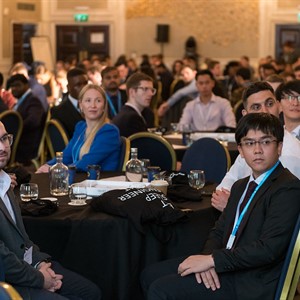Honouring those who give their time, knowledge and passion
This week marks Volunteers’ Week 2025, a time to reflect on the outstanding contributions of our dedicated volunteer community. From classrooms and committees to panels and programmes, volunteers help shape the future of engineering and technology every day. Their time, insight, and passion enable us to do more, reach further, and inspire the next generation. Volunteers aren’t just part of what we do, they’re the foundation that makes it all possible. Inspiring the future with Gordana Collier We started the week by spotlighting Gordana Collier, an Accreditation Volunteer whose passion for science and service runs deep. Gordana’s work with Academic Accreditation panels has had a lasting impact on engineering education across the UK. A powerful moment in her journey was speaking to…























